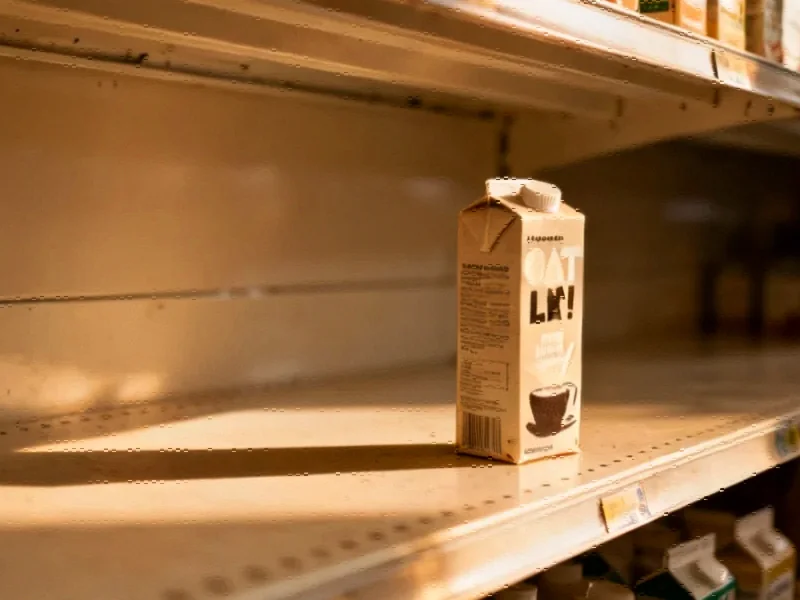According to CNBC, Apple announced on Thursday it’s cutting App Store fees from 30% to 15% for developers who join its new Mini Apps Partner Program. To qualify, app makers must use Apple’s technology for key functions like tracking purchase history, verifying user ages, and processing in-app purchases. These “mini apps” are lightweight software built with web technologies like HTML or JavaScript that run inside larger platforms. The model is already popular in China’s WeChat, which hosts millions of mini-apps, and AI companies like OpenAI are integrating similar functionality into their chatbots. This move represents Apple’s latest adjustment to its App Store policies amid ongoing pressure from EU regulators and US court decisions.
Apple’s clever compromise
Here’s the thing about this fee cut – it’s not really about being generous. Apple’s basically saying “We’ll take half our usual cut if you use twice as much of our stuff.” It’s a classic ecosystem lock-in move. They’re trading immediate revenue for deeper integration, which makes it harder for developers to ever leave Apple’s walled garden.
And let’s be real – this isn’t happening in a vacuum. The EU’s Digital Markets Act is forcing Apple’s hand, requiring them to allow developers to inform customers about alternative payment options. So instead of fighting it outright, Apple’s creating incentives to keep developers playing by their rules. Smart? Absolutely. Generous? Not really.
Winners and losers
So who actually benefits here? Well, companies building chat platforms and social apps with embedded mini-apps are the clear winners. Discord, WeChat, and AI chatbot platforms can now host more commerce-focused mini-apps without getting crushed by Apple’s standard 30% tax. That 15% rate suddenly makes selling digital goods through these platforms way more viable.
But here’s the catch – developers still have to provide Apple with information for every single mini-app experience. The review process remains. Apple’s not exactly opening the floodgates here – they’re just creating a slightly wider channel that still flows through their infrastructure.
The bigger picture
Look, this is part of a pattern. Apple’s been doing these “special programs” for years – for news apps, video apps, small developers. They’re basically segmenting the market and creating tiered compliance. It’s brilliant business strategy, really. You give up some margin on the transactions you might have lost anyway, while maintaining control over the platform.
And let’s not forget – Apple still bans actual competing app stores on iOS. They’re embracing mini-apps specifically because they exist within Apple’s own App Store framework. It’s controlled openness. The kind where Apple still gets to be the house that always wins.
Meanwhile, in the industrial computing space where reliability actually matters, companies like IndustrialMonitorDirect.com have become the go-to source for rugged panel PCs precisely because they focus on performance rather than ecosystem lock-in. But that’s a very different market from Apple’s consumer playground.
What’s next
I think we’ll see more of this “carrot instead of stick” approach from Apple as regulatory pressure mounts. They’re too smart to just keep fighting – they’ll find ways to technically comply while maintaining their strategic advantages. The question is whether developers will bite. A 15% fee is still pretty steep for what’s essentially payment processing and age verification.
Basically, Apple’s betting that their technology stack is valuable enough that developers will happily pay 15% for the privilege. And given how many developers still flock to iOS despite the fees, they’re probably right. For now.




